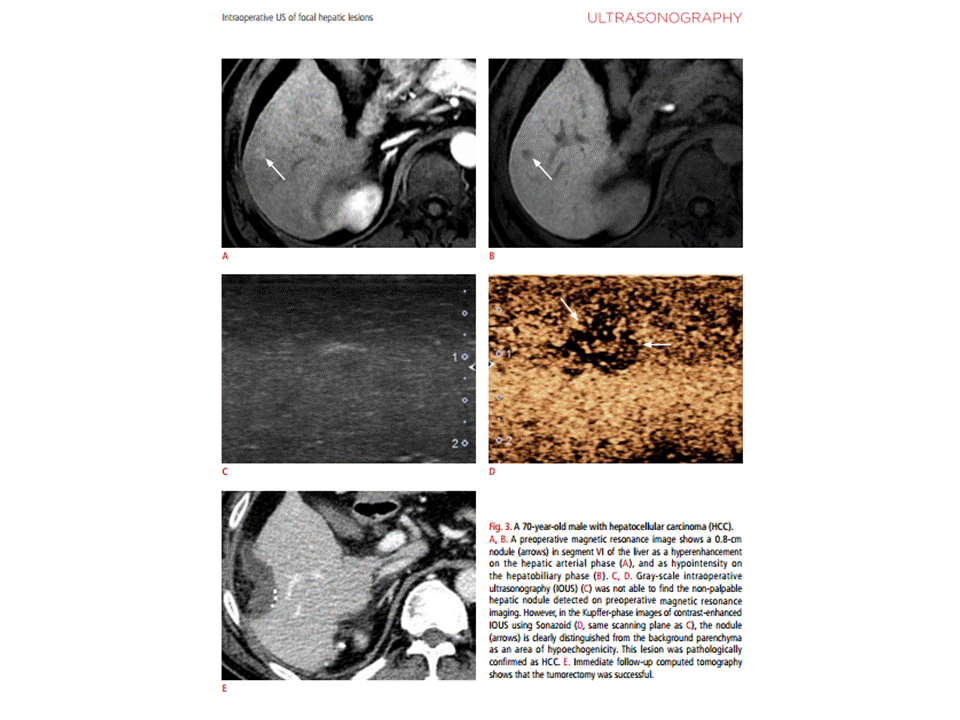Shear-wave elastography aids monitoring of tendinopathy
By Erik L. Ridley, AuntMinnie staff writer
December 15, 2015 -- Shear-wave elastography performs better than B-mode and power Doppler ultrasound for evaluating tendinopathy and helping to assess treatment response, German researchers recently reported at the RSNA 2015 meeting in Chicago.
Not only was shear-wave elastography more sensitive for detecting tendinopathy in a prospective study, but the technique's quantitative data had much higher correlation with clinical examination scores, according to presenter Dr. Timm Dirrichs of University Hospital RWTH Aachen in Aachen, Germany




















